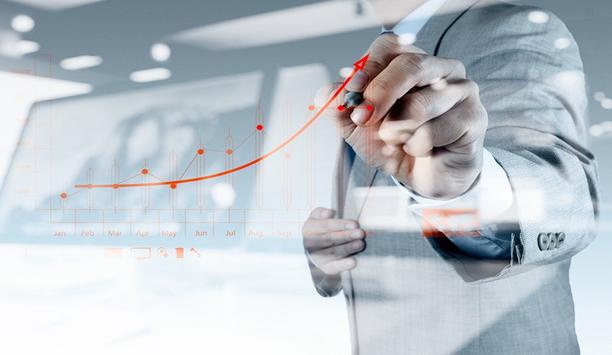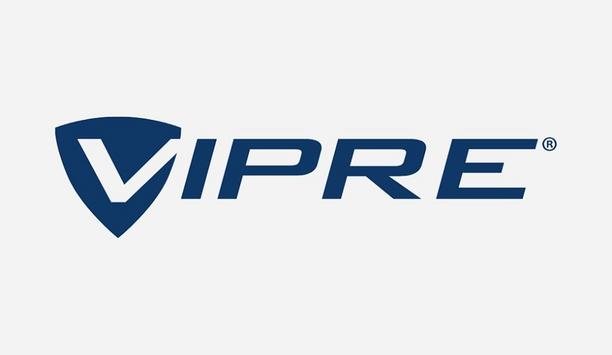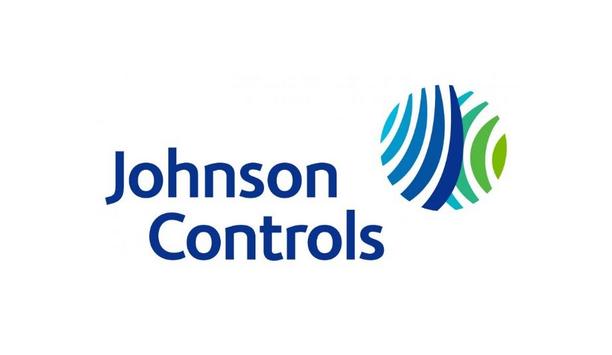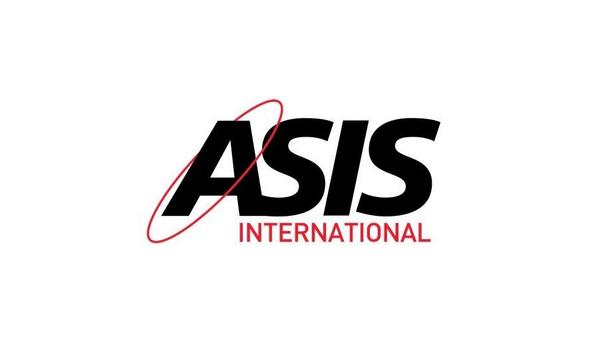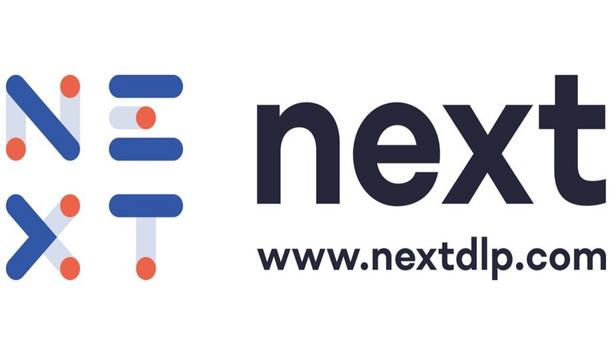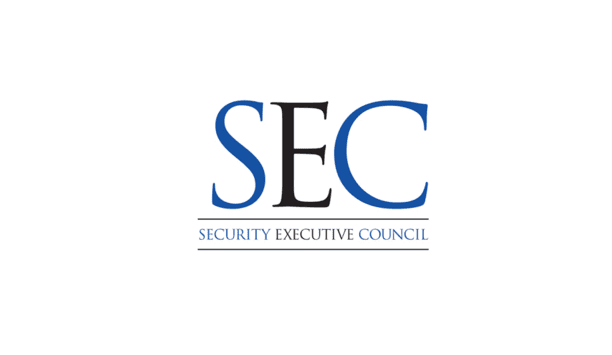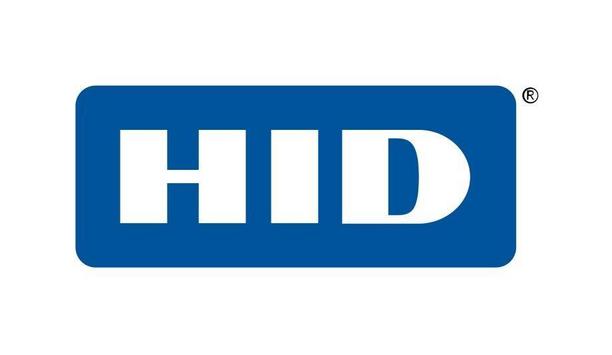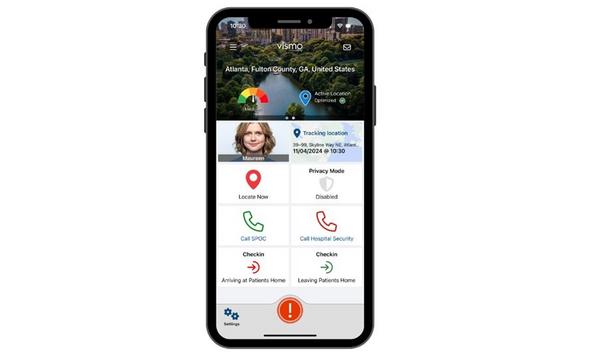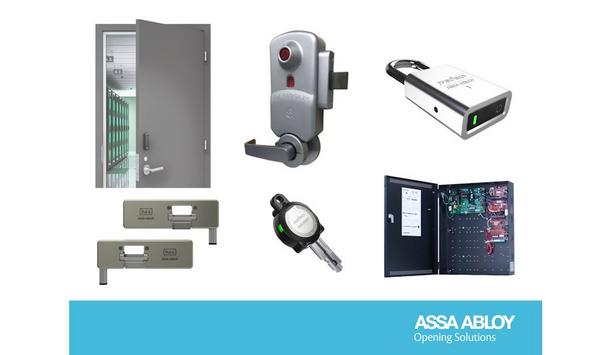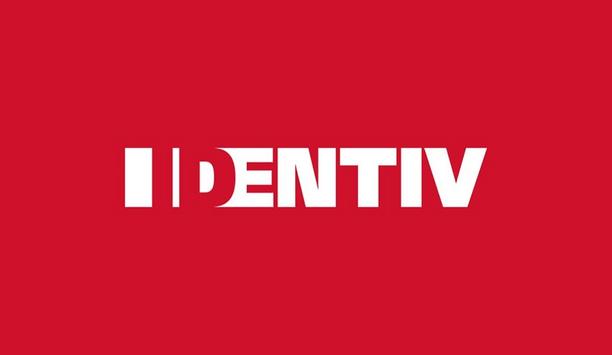2015 has been an eventful year for the physical security industry. As 2016 looms, the pace of industry change shows no sign of decreasing.
Seeking insights into the state of the physical security market at year-end, SourceSecurity.com this month is publishing dozens of 2015 Review and 2016 Forecast articles submitted by manufacturers, integrators and other industry leaders. Taken together, the articles portray a mostly optimistic view of the industry’s present, and an even more hopeful view anticipating the year ahead. This article will provide a compilation of that variety of viewpoints with links to the individual articles. We appreciate all the contributions to our Review and Forecast initiative, and welcome any feedback.
Nobody could have predicted the significant number of international security and terrorism threats this year, says one contributor. Undoubtedly this will result in even closer ties among the security industry, police and security services moving forward, as everyone looks to further enhance public safety.
Combine Physical And Cyber Security
The nature of risk has changed, and there is a blurring of lines between cyber, physical and online security. These changes are spurring organisational changes as well. Concern over cyber-attacks via physical security networks grew in 2015, as more and more networked devices interact with security systems.
The IT department continues to be a big buying influence as networked systems thrive. Developing IT-friendly solutions and communicating effectively to IT-focused buyers (whose needs can be slightly different than traditional security-focused buyers) is more important than ever.
Cybersecurity concerns are likely to see a broader focus beyond the servers, workstations and communications infrastructure that we are used to, growing to encompass appliances, vehicles, factories, utility infrastructure, medical devices, and myriad other devices that will eventually all be connected to the Internet – and therein lies the ongoing task.
 |
| There is a blurring of lines between cyber, physical and online security |
Needs: Personnel, ROI And Good Integrators
Given the growing economy, one challenge is to find and retain top talent, especially in the North American business. One company pointed to the tight employment market that has made it difficult to fill several open positions needed because of growth. The tightening labour market has propelled to the forefront a pressing need for talent. There are fewer candidates for security officer openings – and openings in most industries. The competition for top talent is escalating.
End users are also seeing change. The economy and economics demand that end user organisations direct their decision-making based on two very well-known terms, return on investment (ROI) and total cost of ownership (TCO). One unexpected development integrators began to see in 2015 is that they no longer have to be the lowest bidder to win a project. Customers are starting to see value in working with a knowledgeable and reputable systems integrator. Integrators continue to bring new value to customers through new capabilities enabled by the Internet of Things. By utilising connected technology and sensors, security integrators are able to provide increased business intelligence across systems.
One manufacturer says security projects seem very attractive because they normally can bring up to 30% profit for a standard security system installation. IT and networking professionals can install IP-based security systems, and there is a wide variety of cost-effective high-tech products available for every need.
Interoperability will be the major trend of 2016 in the security industry. Initiatives like open standards and cooperation among suppliers are emerging to help companies react faster to changing security demands.
 |
| The tight employment market has resulted in fewer candidates to fill security officer openings |
Video Sector Leading Industry Change
The video sector displayed perhaps the most change in the physical security market in 2015.
Perhaps there was some slim-down in scope and size of video projects this year, but one contributor certainly saw an upswing in new project installations. In 2015, the industry saw much more scrutiny placed on the quality of the video stream at display level. And new networked systems are meeting the demand. The end customer is expecting pristine, non-pixelated imagery. The affordable technology within the newest-generation of PCs and workstations from the CPU and graphics standpoint allow multiple views of high-definition camera activity.
Other contributors agreed that video surveillance technology continues to evolve at a strong pace with improvements in resolution, integration, intelligence and bandwidth utilisation – all of which contribute to better overall security and cost-efficiency. There is also a broader variety of vertical markets showing an increasing need for video surveillance; security vendors must be versatile in their product offering. The products themselves must be highly scalable and must provide high performance at a competitive price.
One-Stop System Or Better Integration?
The tension continued in the market in 2015 between the need for effective integration of “best of breed” systems from a variety of manufacturers and a preference for a one-stop total system from a single manufacturer. Our contributors made good arguments for each.
One company expects those with comprehensive solutions using embedded intelligence will dominate the business. This requires a dedicated focus on innovation in intelligent solutions rather than specific products, they say. “2016 will involve not only digitising the physical world, but also in understanding it with applications that go beyond the realm of security into business intelligence to generate actionable insights. This is the way of the future.”
 |
| The cost of megapixel cameras has dropped dramatically as this functionality is now available on chips |
Another contributor sees a continuing and growing need to support heterogeneous systems that may include multiple brands of cameras and other devices, driven in part by the fast pace of new model introductions. Prediction: This trend will continue, and could even increase, through 2016.
The industry also experienced more price pressure on hardware than in previous years. The discussion of price versus value will be a common one in 2016. There can only be one player with the lowest cost, but there is a part of the market focused just on cost. However, many companies will keep building on value and quality.
The “siliconisation” of surveillance cameras has had a great impact on the security industry, especially this year. The cost of complex megapixel cameras has decreased dramatically as this functionality is now available on chips. The camera industry has gone from innovating on the camera’s performance and functionality to acting more like the PC OEM business, and this siliconisation is driving industry commoditization.
Smarter Systems Coming Fast
More intelligent systems offer plenty of opportunity for the market. The inclusion of high-quality analytics on board the camera, says one company, will be a continuing trend in 2016 and beyond. 2015 saw an accelerated adoption of thermal cameras with video analytics.
Several contributors predict that the adoption of video analytics will continue to grow. There will be more enterprise-level and mission-critical installations where analytics are specified into the system. The technology will also trickle down into everyday installations, like larger retail stores, schools and offices. Indeed, video analytics are experiencing a renaissance, with even more applications of analytics likely in 2016. Another contributor predicts that increasingly accurate camera- and server-based analytics applications, available in 2016, can provide valuable data and insights for business operations, management and more.
4K cameras will likely continue to dominate new offerings in 2016. However, one contributor points out that 4K surveillance faces diverse technical challenges. Every element in the video surveillance collection chain — lenses, sensors, image processors, local-site transport (LST), monitors, codecs, HDDs, and WAN interfaces — must be “ready for prime time” in order for the mainstream market to migrate to the higher resolution.
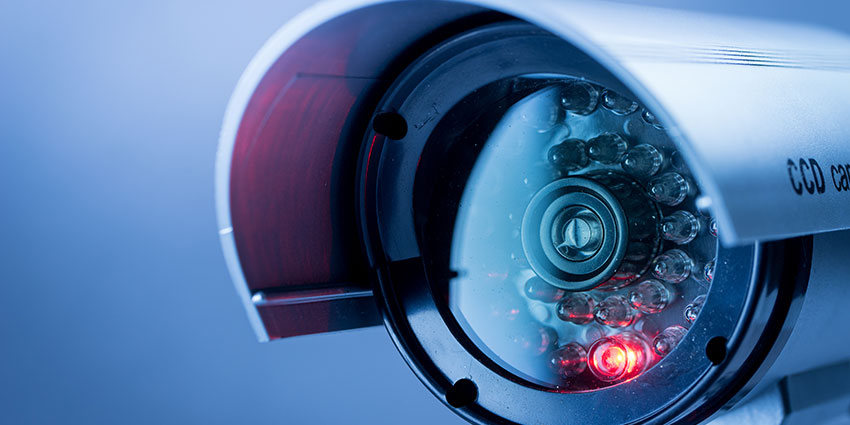 |
| Every element in the video surveillance collection chain - from lenses to image processors - must be ready for the migration to 4K resolution |
However, analog is still dominant in parts of the market with some still reluctant to make the move to HD and IP. However, 2016 will see a new generation of high-performance IP camera (4K) become established in the market.
Cyber-security is another concern in the video market, as well as the physical security market in general. More attention is being paid to IT security because of high-profile cyber-attacks and data theft incidents, accelerating the adoption of IT security standards by system manufacturers and integrators.
Wireless And Other Trends
Wireless connectivity is a coming trend. A cost-effective solution is to upgrade network connectivity with a novel breed of wireless technology, millimeter wave (mmWave), which is the next unlicensed band.
One participant attributes their success to not following trends. They favour an approach of questioning conventional wisdom and placing the greatest emphasis on customer benefits. They see themselves not as a manufacturer but as a provider of solutions that provides added value for the customer.
It seems that regardless of the economic gains or losses over any given period of time, video surveillance continues to grow at a good to great clip. The demand for surveillance is always there, and the request from the end users and channels are always the same – great technology at a fair total cost, that allows them to run their business more efficiently, effectively and safely.
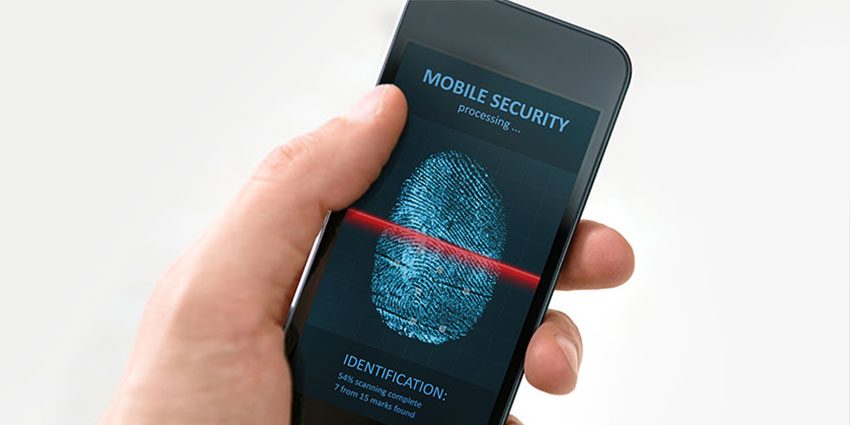 |
| The appearance of numerous mobile credential offerings signals the "beginning of the end" for card-based identity |
Access Control, Biometrics, And Beyond
News in the marketplace in 2015 included the rise in advanced biometrics, the development of more and more mobile applications for access control and important acquisitions that put smaller manufacturers on the map. 2016 will see an acceleration in the broad adoption of fingerprint solutions for corporate security applications. The market is maturing and producing reliable, effective and secure solutions that specifically address the issues that caused concern in previous years such as dirty fingers or spoofing attempts.
One contributor sees a growing awareness in the C-suite of the perils of unauthorised entry, often called “piggybacking” or “tailgating” in security vocabulary. Top executives are becoming more aware of the threat and the potential cost of such threats, and they’re motivating their organisations to take action.
How customers interface with solution providers is changing. One (cloud-based) company seeks to become “strategic partners” – to become “part of [the] customers’ overall planning and embedded in their organisation.” In effect, they are looking to add value every day.
Market research is showing that IP access control is gaining significant strength and growing at rates that the IP surveillance world experienced for the last 8 -10 years.
End user organisations continue to contain costs any way they can and have an interest in being as green as possible.
The Changing World Of Credentialing
The world of credentialing in the access control market is changing rapidly. The appearance of numerous mobile credential offerings signals the “beginning of the end” of card-based identity. Mobile offerings are strengthening in general. In fact, “invisible” access credentials are coming into their own, thanks in large part to technologies that enable smartphones to be used as electronic keys for locking and unlocking doors.
Customers increasingly expect similar types of experiences where they live, learn and work, which is impacting how they interface with their company’s systems. The transition to electronic credentials is increasing as a result of more awareness of credential options and tangible improvements in operating efficiency. Security will move to a much greater focus on the user experience.
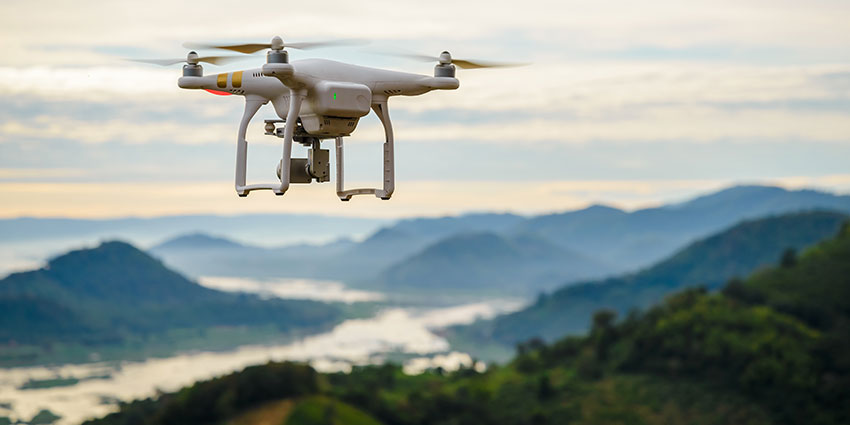 |
| The rising drone threat is pushing the development of low-cost radar and other solutions for detection and interception |
In contrast, the increase in school shootings and other emergency situations in 2015 has made ID badging top-of-mind for facilities throughout the country, says one contributor.
Instead of upgrading or replacing hardware, end users in many cases will be able to upgrade the software to have new features, even related to systems like key control.
In general, key control is gaining mindshare. Whereas previously key management systems and lockers for asset management were seen as a periphery issue, facilities and security managers are now starting to see them as a vital part of the overall security strategy.
There are other trends, too. The rising drone threat will bolster development of low-cost radar and other solutions. However, the industry will still need to resolve the issue of safe and effective interception. In fact, drones are only one of the futuristic trends likely to impact the market in 2015.
The Middle East is a particular hotbed for vehicle barriers and other increased security measures for explosive-laden vehicles. One company focuses on providing real-time information to security personnel and first responders to help them identify, respond and mitigate emergency situations.
Looking Ahead To 2016
In the new year, look for predictive security to be a more prevalent theme as organisations are tasked with not only providing more data but making sense of the data for use in improving security operations.
Also, digitalisation for consumers (social media, tech offerings from financial companies and wireless service providers) are helping to drive IP conversion in the security industry: the advantages people have at home are desired at work, too.
We should expect that more of the large technology giants known outside of our industry will enter the professional security market, predicts another contributor, as the trend towards networking and more advanced integration continues to gain traction.
See the full coverage of 2015/2016 Review and Forecast articles here





















